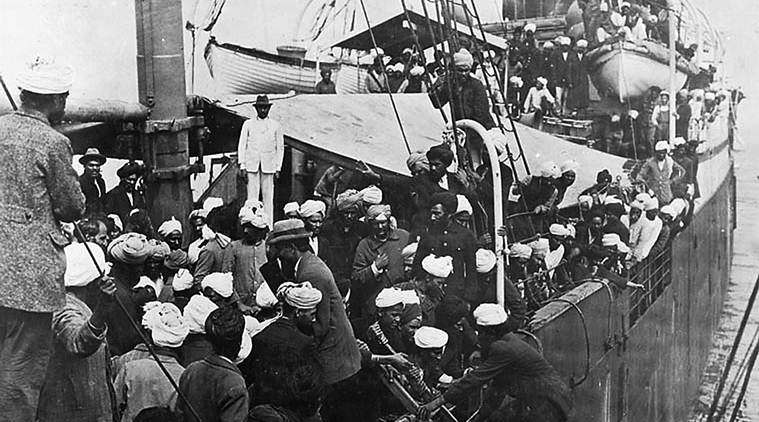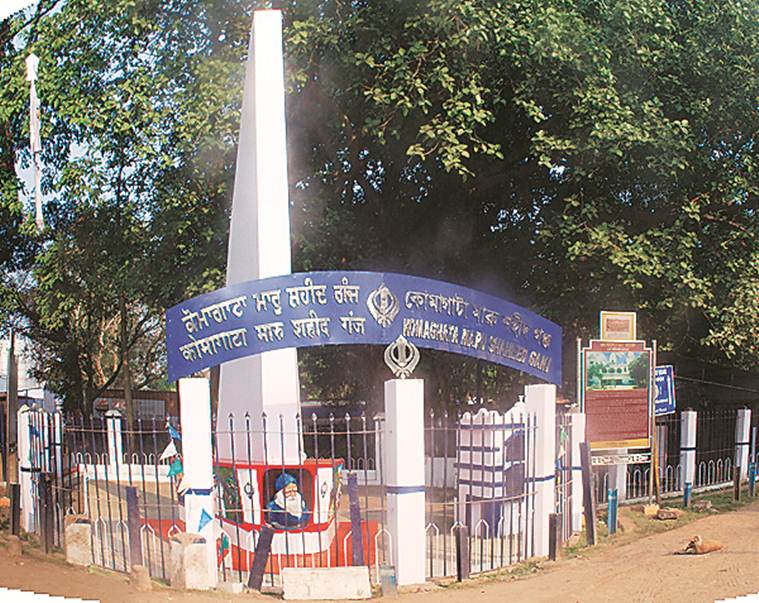On his fourth trip to China, Jamsetjee Jejeebhoy was captured by the
French. It was the middle of the Napoleonic Wars and hostilities between
the British and the French had carried over to the Indian Ocean.
Jejeebhoy was on a British ship called the
Brunswick when, off the coast of Point de Galle in present-day Sri Lanka, it came face to face with two French frigates. The
Brunswick
was a trade ship and didn’t have much of a crew. They didn’t stand a
chance. The passengers, mostly merchants like Jejeebhoy, were taken
hostage to South Africa. They were released there but had no way to get
home. It took Jejeebhoy four months to make it back. But when he did,
his life had changed forever. He had made friends with the
Brunswick’s young doctor, William Jardine. This chance meeting turned, as historian Jesse S. Palsetia writes in his book
Jamsetjee Jejeebhoy of Bombay, into a friendship “that would change both men’s lives and influence the course of history.”
When
Jejeebhoy met him, Jardine’s time as a doctor of the East India Company
was almost at an end. He had plans to set up a trading house in Canton,
now known as Guangzhou. That trading house still exists, as a
conglomerate with a market capitalisation of more than $40 billion.
Jardine’s firm would become so enormously successful because it was soon
going to corner the market on one particular commodity, one that was
much more profitable than cotton, and one whose demand was exploding
because the British had got millions of Chinese hopelessly addicted to
it: opium.
Opium wasn’t just another trade good for the British
Empire. It was the necessary corollary to another commodity: tea. The
British were importing tens of millions of pounds of tea from
China every
year. There seemed to be no end to the demand and everyone involved was
making huge profits. There was just one problem. They didn’t have the
cold hard cash or rather, cold hard silver to pay for it.
With all of the Empire’s physical currency disappearing into China,
the British were running a huge trade deficit. They needed something
that the Chinese wanted as much as they wanted tea. Opium was the
answer. And it was essential to keeping the Empire’s entire economy
afloat.
Shipped from Bombay
The opium came
from the East India Company’s nearby colony, India. It was grown in
Malwa and shipped from Bombay. At its height, almost one-third of the
entire trade was going to one firm, Jardine’s trading house in Canton.
And the man who enabled this trade from India was becoming stunningly
wealthy.
By the time he was 40, Jamsetjee Jejeebhoy had allegedly
made more than ₹2 crore — in the 1820s. He was already one of the
richest men in the entire country, but he had his eye on even greater
prizes.
The life of Jamsetjee Jejeebhoy makes for an excellent
story. It neatly divides into two acts. In the first act, Jejeebhoy
lives a life of adventure and daring. In the second act, he becomes an
elder statesman, a civic figure working for the benefit of the
community. This is no accident. Jejeebhoy’s ambitions were sophisticated
and manifold. They would’ve been far out of reach for anybody who
wasn’t willing to reinvent themselves. Even in his earliest days, there
are signs that Jejeebhoy was conscious of his persona, taking steps to
change details of his life to better fit his desired narrative.
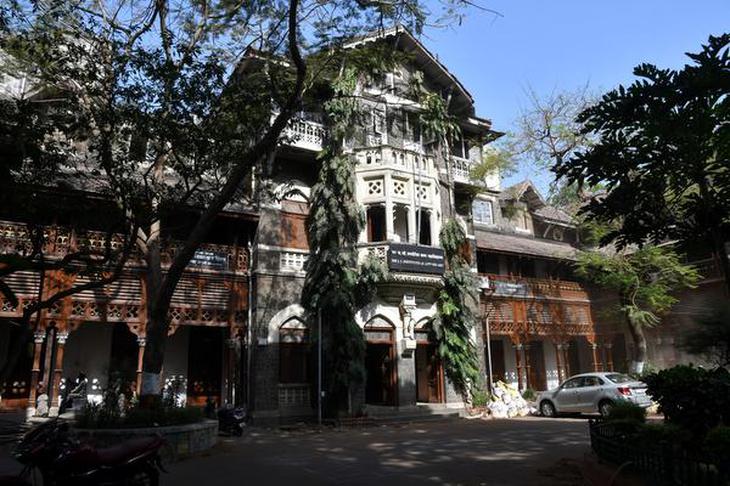
Sir JJ School of Art founded by Jamsetjee Jejeebhoy.
| Photo Credit: Vivek Bendre
For example, he repeatedly claimed to have been born in Bombay but a
number of historians believe that he was actually born in Navsari in
Gujarat. He also changed his name from Jamshed to Jamsetjee, allegedly
so that he would seem more like a member of the mercantile Gujarati
community. Undoubtedly, the capital and networks of the broader Parsi
community were essential to his success, but in this way at least he was
a self-made man.
His early life was marked by tragedy: he lost
both his parents before the age of 16. His family was from a Parsi
priestly community but his father worked as a weaver. After they died,
Jejeebhoy moved to Bombay and began working for his maternal uncle,
buying and selling empty liquor bottles. He earned the nickname
‘Batliwalla’ or bottle-seller and seemed to revel in it, often signing
letters with the moniker as if it actually was his last name.
At
20, he married his maternal uncle’s daughter, Avabai, who was around 10
years old at the time. And through his family, he began to trade, making
five trips to China. None of these trips directly made him rich, but
they did make him vital connections across South and East Asia,
including, of course, William Jardine.
Vital connections
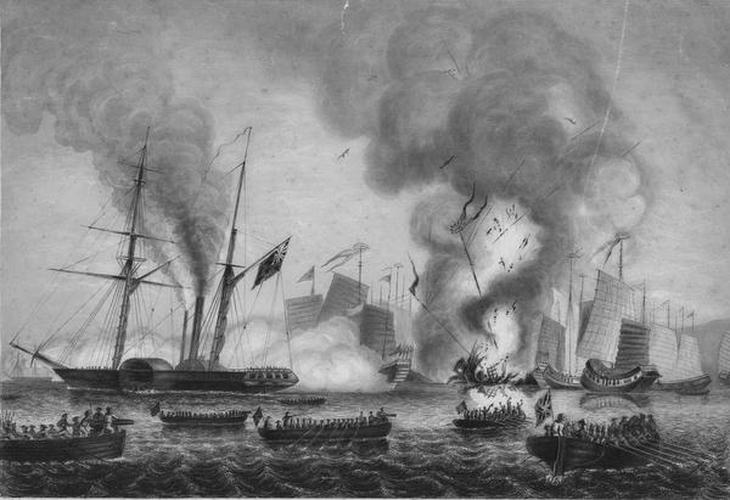
A sketch of the First Opium War.
| Photo Credit:
Getty Images
Jamsetjee began his trading firm, Jamsetjee Jejeebhoy & Co, with
three other partners, each from a different community. There was
Motichund Amichund, who was Jain and had close ties to the opium
producers in Malwa. There was Mohammed Ali Rogay, a Konkani Muslim, who
was a ‘Nakhuda’ or ship-owner/ captain. They were joined by the Goan
Catholic Rogério de Faria, who had connections with the Portuguese
authorities that controlled the port at Daman. Initially, the existence
of Daman was a thorn in the side of the British who tried to restrict
the export of opium through Bombay alone. They eventually gave up and
settled for taxing the produce at its source.
The second act of
Jejeebhoy’s life can be seen as both a continuation of his earlier life
and a sharp break from it. When his son Cursetjee was old enough,
Jejeebhoy began to step back from the business to focus on civic life.
While opium was seen as just another item of trade within these
mercantile circles, it is possible that Jejeebhoy wanted to distance
himself publicly from the drug trade. Opium prices were freely published
in newspapers and it was clear that none of the merchants felt any
sympathy for the Chinese when the First Opium War broke out. Jejeebhoy
and the others seemed to be primarily interested in compensation for
destroyed stocks and for regular trade to resume. But in his burgeoning
career as a public figure, he might have been worried about the
potential damage to his reputation.
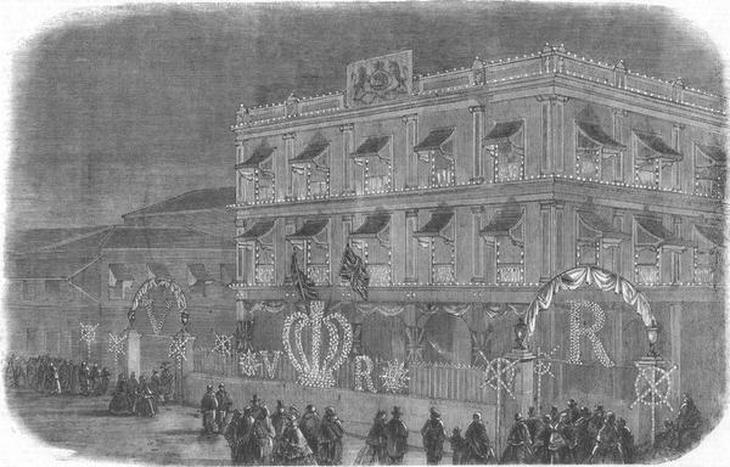
An illustration of Jamsetjee Jejeebhoy’s Bombay residence in ‘The Illustrated London News’, 1858.
| Photo Credit:
Wiki Commons
Various historians have noted that between European merchants and
their Indian counterparts there was a sense of shared community and
mutual respect. But that was definitely not the case between the
citizenry and the government in the Bombay Presidency. The Parsis,
meanwhile, had repeatedly expressed their loyalty to the British and
were rapidly becoming the most Anglophile of all Indian communities. For
them and the other elite of Bombay, charity and public works were a way
of building a common moral and ethical ground with the British — a way
of proving their shared humanity. Simultaneously, the British were
looking to ensure that the local elites saw a common interest in
continued British rule.
At the forefront of this push to use
philanthropy to forge bonds with the rulers was Jejeebhoy. His donations
were prolific. By 1855, his commercial empire was mostly complete and
he had devoted himself entirely to philanthropy and public life. In his
biography, historian J.R.P. Mody calculates that Jejeebhoy would have
donated £2,450,00 over the course of his life. In current terms, that
would be around £10 million or ₹100 crore.
This astronomical
charity left its mark on Bombay and Pune. He paid two-thirds of the
entire cost of the Pune waterworks, with the remainder coming from the
government. His wife, Avabai, single-handedly paid for the entire
construction of the Mahim causeway that connects the island of Mahim to
Bandra and ensured that the government wouldn’t charge citizens a toll.
He
founded the Sir JJ School of Art, where John Lockwood Kipling, father
of Rudyard Kipling, would be dean in the 1860s. Probably the most
notable of all his contributions was the founding of JJ Hospital, to
which he eventually donated both land and a large sum of money.
Caste and class lines
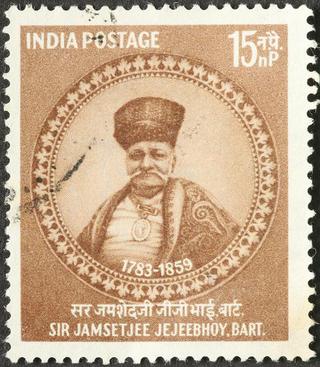
The special postage stamp issued in April 1959 to commemorate Jejeebhoy’s death anniversary.
| Photo Credit:
Getty Images/ iStock
The hospital had been entirely Jejeebhoy’s idea and when he wrote to
the British government, they responded to the idea enthusiastically. But
the process became extremely drawn out when sharp differences emerged
in ideas of how the hospital should function. Jejeebhoy wanted it
designed around class and caste lines, but the government refused.
Finally, when the hospital was built, some concessions were made, like a
separate kitchen for Brahmins.
With his philanthropy,
Jejeebhoy’s reputation among the British was growing. In 1834, he became
one of the first Indians appointed as Justice of the Peace, which was a
position in the Court of Petty Sessions, the de facto municipal
authority. In 1842, he became the first Indian to be knighted,
officially receiving a Sir prepended to his name.
But Jejeebhoy
wasn’t done. In secret, he began a campaign to receive a hereditary
title. As Palsetia writes, it was the first “organized programme of
publicity on behalf of a colonial subject”. Thomas Williamson Ramsay,
former revenue commissioner of Bombay, wrote a glowing account of his
numerous good deeds and with the help of many well-wishers, this account
was widely distributed among the Lords of England, even reaching the
hands of Prince Albert himself. In 1856, a profile of Jejeebhoy was
published in
The Illustrated London News. The campaign was eventually successful.
In
1857, Queen Victoria named him the first Baronet of Bombay. But it took
four years for him to finally obtain the title because the British
government remained unsure of Parsi inheritance law and whether it would
complicate the inheritance process. To secure the baronetcy, Jejeebhoy
had to place a property (officially referred to as Mazagaon Castle) and a
sum of ₹25 lakh in trust.
Baronetcies galore
Now
that Jejeebhoy had blazed the trail, the British eventually opened up
the honours system to colonial subjects. They used the gesture to
portray a united and homogeneous global empire. Between 1890 and 1911,
seven baronetcies were granted to citizens of the Bombay Presidency and
63 Parsis were knighted by 1946. Despite being such a small community,
various Parsis would endow more than 400 educational and medical
institutions over the course of the 19th and early 20th centuries.
It’s
apparent that Jejeebhoy’s philanthropy, institution-building and public
works improved countless lives. But at the same time, the sheer wealth
that he and other members of his class accumulated allowed them to
negotiate colonialism and even benefit from it in a way that was
impossible for most ordinary citizens. In the 160 years since
Jejeebhoy’s death in April 1859, we still wrestle with his complicated
legacy.
The writer is an award-winning playwright and freelance journalist based in Chennai. Twitter: @notrueindian
